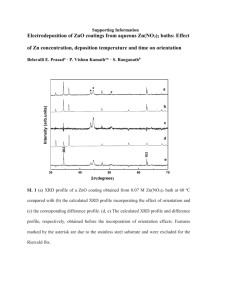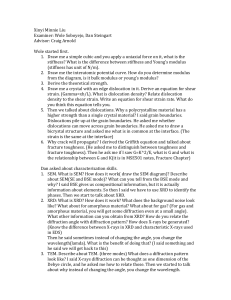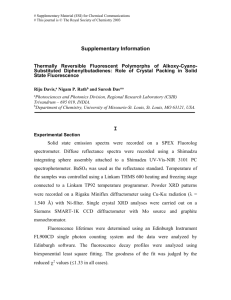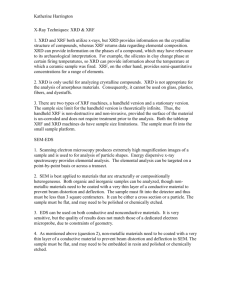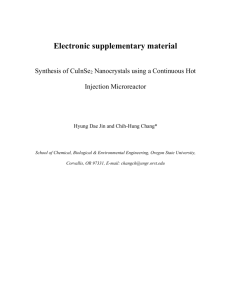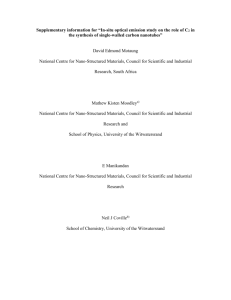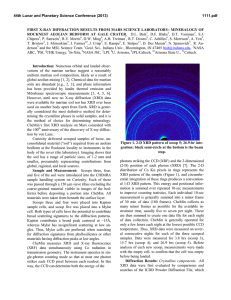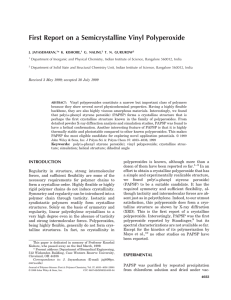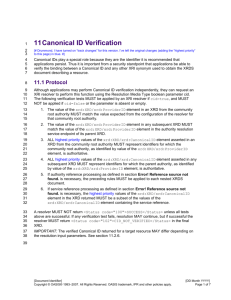Structural Polymorphism, electronic and optical properties
advertisement
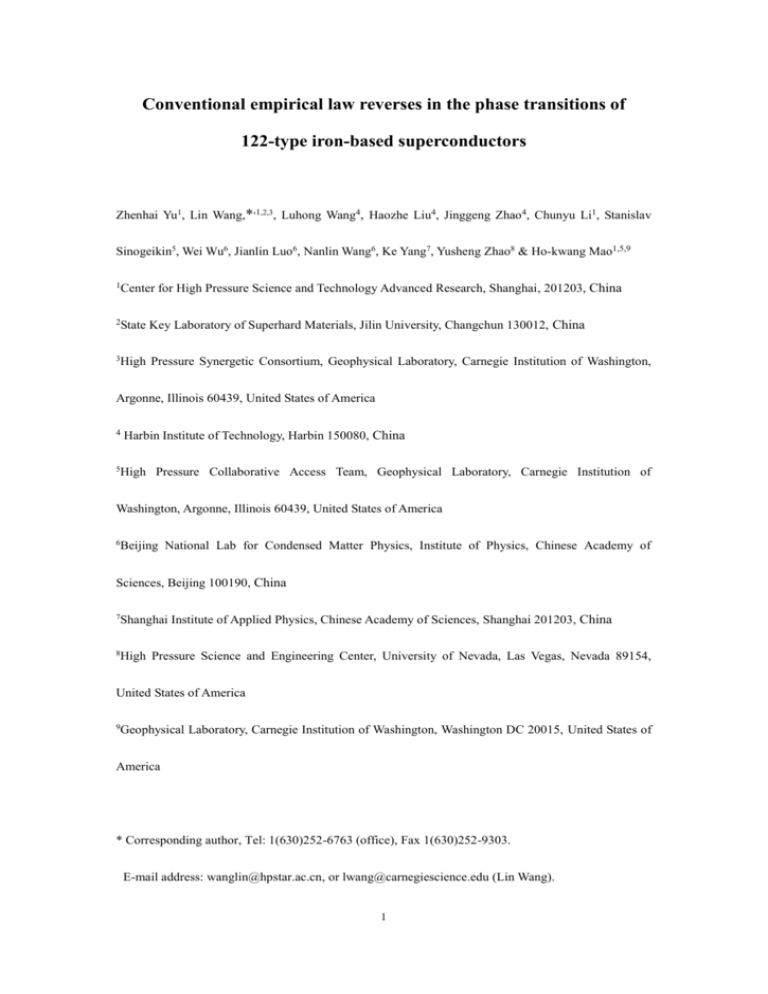
Conventional empirical law reverses in the phase transitions of 122-type iron-based superconductors Zhenhai Yu1, Lin Wang,*,1,2,3, Luhong Wang4, Haozhe Liu4, Jinggeng Zhao4, Chunyu Li1, Stanislav Sinogeikin5, Wei Wu6, Jianlin Luo6, Nanlin Wang6, Ke Yang7, Yusheng Zhao8 & Ho-kwang Mao1,5,9 1Center 2State 3 for High Pressure Science and Technology Advanced Research, Shanghai, 201203, China Key Laboratory of Superhard Materials, Jilin University, Changchun 130012, China High Pressure Synergetic Consortium, Geophysical Laboratory, Carnegie Institution of Washington, Argonne, Illinois 60439, United States of America 4 5 Harbin Institute of Technology, Harbin 150080, China High Pressure Collaborative Access Team, Geophysical Laboratory, Carnegie Institution of Washington, Argonne, Illinois 60439, United States of America 6 Beijing National Lab for Condensed Matter Physics, Institute of Physics, Chinese Academy of Sciences, Beijing 100190, China 7 Shanghai Institute of Applied Physics, Chinese Academy of Sciences, Shanghai 201203, China 8 High Pressure Science and Engineering Center, University of Nevada, Las Vegas, Nevada 89154, United States of America 9 Geophysical Laboratory, Carnegie Institution of Washington, Washington DC 20015, United States of America * Corresponding author, Tel: 1(630)252-6763 (office), Fax 1(630)252-9303. E-mail address: wanglin@hpstar.ac.cn, or lwang@carnegiescience.edu (Lin Wang). 1 Table S1. The ambient condition volumes for AFe2As2 (A = Ca, Sr, Eu and Ba) iron arsenide superconductors and their corresponding transition temperature/pressure of T → O (0 GPa) and T → cT phases (300 K). The data were taken from several research groups (see references) and this work (TW). The techniques used to determine the transition temperature/pressure are X-ray diffraction (XRD), neutron diffraction (ND) and resisitivity (). CaFe2As2 Volume T→O T → cT 176.65 Å3 [36] 170 K (XRD) [36] 2.5 GPa (ND) [49] 170 K () [13] 1.7 GPa (XRD) [35] 172.5 K (ND) [36] SrFe2As2 190.41 Å3 [22] 198 K (XRD) [43] 10.0 GPa (XRD) [49] 205 K () [36] 205 K (XRD) [39] 205 K (XRD) [40] 220 K (ND) [41] BaFe2As2 204.38 Å3 [46] 134 K [40] 22.0 GPa (XRD) [50] 136 K (ND) [45] 27.0 GPa (XRD) [35] 140 K [XRD] [46] 142 K () [44] EuFe2As2 185.01 Å3 [22] 190 K (XRD) [22] 8.0 GPa (XRD) [25] 190 K () [46] 8.3 GPa [TW] 190 K (XRD) [TW] 2 1) High resolution synchrotron XRD technique at 11 BM-B at APS of ANL Figure S1. Splitting the Bragg diffraction peaks (112) and (123) into the two twin diffraction peaks (202) and (022), (400) and (040) below the transition temperature (T → O) in EuFe2As2. 3 2) Pressure dependence of bonding angle, length and volume of FeAs4 tetrahedron Figure S2. The pressure dependence of (a) bond length of Fe-As (dFeAs), (b) bond angle of AsFeAs (AsFeAs) and (c) polyhedral volume of FeAs4 ( VFeAs4 ) of EuFe2As2 at 12 K. 4
